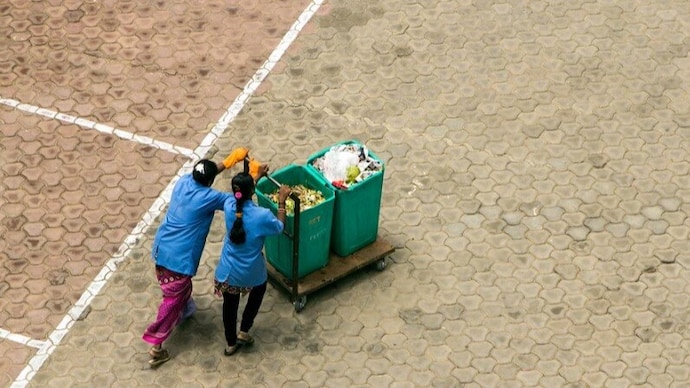In a first, community service proposed as punishment for petty offences in India
In a first, the government has proposed community service as a new form of punishment for petty crimes in India. If implemented, India will join the ranks of countries like the US, UK, Sweden and many other developed nations.

The central government, for the first time in the country, has proposed to introduce community service as one of the punishments for petty crimes through the new version of the Indian Penal Code (IPC). Union Home Minister Amit Shah on Friday introduced the Bharatiya Nyaya Sanhita (BNS) Bill, 2023 in Lok Sabha.
Earlier, the IPC dealt with punishments in the form of death, imprisonment for life, rigorous imprisonment (imprisonment with hard labour), simple imprisonment, forfeiture of property and fine. Now, 'community service' has been added to this list.
The proposed law suggests community service in cases like attempt to suicide, public servants unlawfully engaged in trade, theft of property less than Rs 5,000, public intoxication and defamation, reported news agency PTI.
COMMUNITY SERVICE COMMON IN WESTERN COUNTRIES
Community service is a common penalty in the Western judicial system, particularly in the United States. This non-custodial sentencing often serves as an alternative to incarceration, leveraging labour as a form of punitive measure.
Court-ordered community service varies immensely, reflecting the diverse forms of services and crimes committed. Whether used as a part of a plea deal, a condition of probation, or a standalone punishment, community service attempts to foster habits of civic responsibility alongside expiation.
Most prevalent examples of community service are cleaning roles, which include trash collection in public spaces, graffiti removal, or even maintaining public facilities. These manual services contribute tangibly to local communities, while rehabilitating offenders through perceived societal reparation.
EDUCATIONAL OR AWARENESS PROGRAMS
Another frequently handed out service is educational or awareness programs. Offenders are required to attend informational classes such as drug or alcohol education, anger management, or safe driving courses.
Integration with victims' services is another educational component – participants might mentor at-risk youth or attend victim impact panels for a firsthand account of crime repercussions.
Additional community service also includes charity work. This might range from volunteering at homeless shelters or food banks to assisting in hospitals or hospices.
Courts often try to match the service to the nature of the violation – an offender could be working directly with the community they harmed, fostering empathy while serving time.
In some cases, community service extends to professional service provision. Here, skilled offenders are allowed to utilize their expertise for public benefit, such as software programmers developing a website for a non-profit organization, or accountants offering financial advice to low-income families.
Overall, Western courts, especially in the USA, use community service as a means of incorporating punishment, rehabilitation, and constructive societal contribution into a unified sentence. It enables offenders to give back to the communities they wronged, while mitigating the detrimental effects of long-term incarceration.
It is a continuous testament to the justice system's redemptive potential, emphasising that punitive measures can simultaneously encompass societal reparation and personal improvement.

